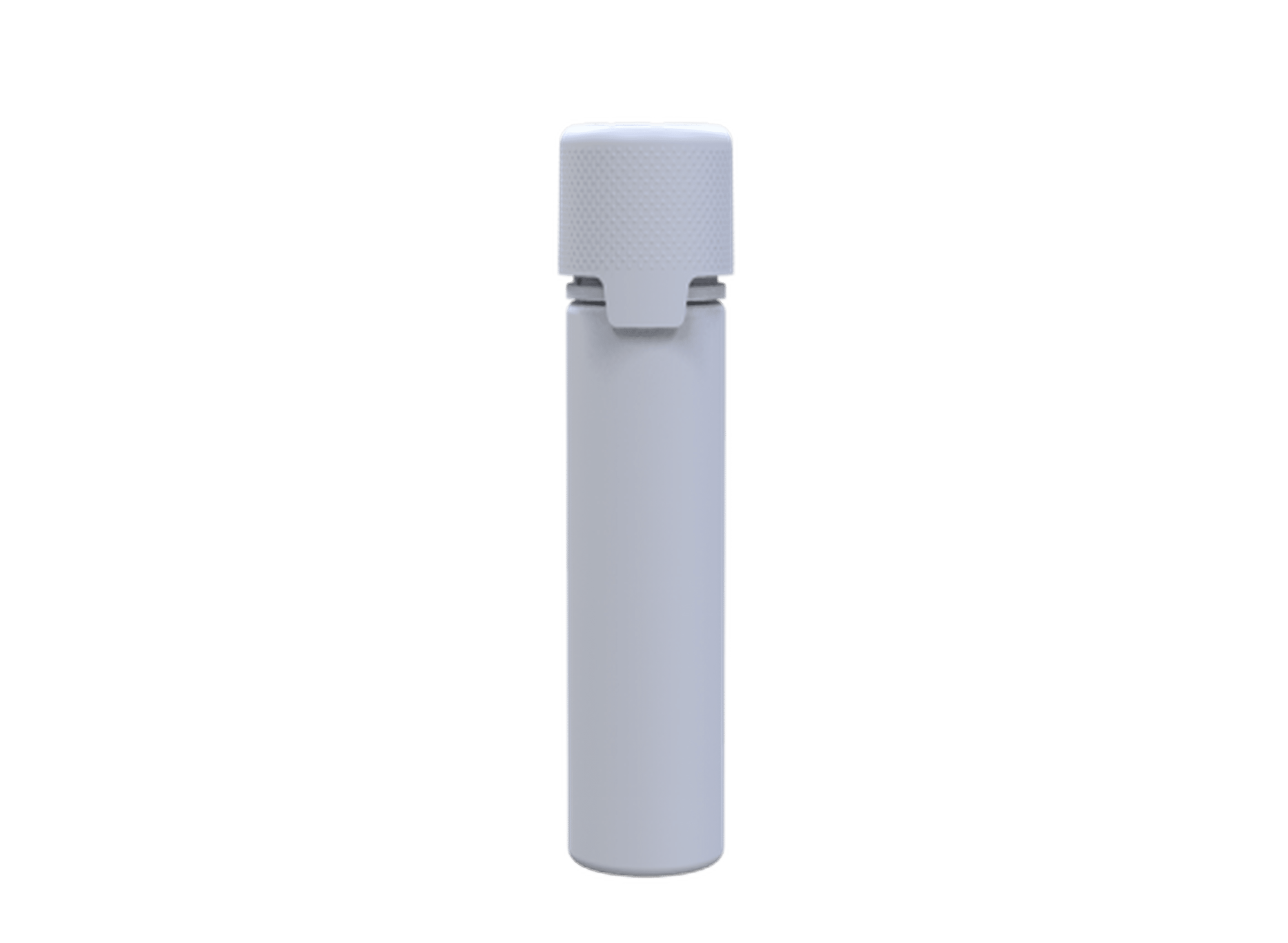Table of Contents
- Planogram Fundamentals: The Science Behind Cannabis Retail Displays
- Strategic Product Placement for Maximum Sales Impact
- Compliance Considerations in Cannabis Merchandising
- Creating Your Planogram: A Step-by-Step Approach
- Measuring Planogram Success: Key Performance Indicators
- Future Merchandising Innovations in Cannabis Retail
Effective merchandising in cannabis retail requires strategic planning and thoughtful execution. A visual packaging planogram serves as the blueprint for product placement, helping retailers maximize sales potential while enhancing the customer shopping experience. This systematic approach to organizing retail space can significantly impact purchasing decisions, inventory management, and overall store performance.
Planogram Fundamentals: The Science Behind Cannabis Retail Displays
A planogram is a detailed visual diagram that illustrates where and how products should be placed on retail shelves or displays. In the cannabis industry, planograms are particularly valuable due to limited shelf space, strict compliance requirements, and the need to educate consumers about various product categories.
According to retail merchandising research, eye-level placement (known as the "buy zone") typically generates 35% more sales than products placed on lower shelves. Understanding these visual merchandising principles allows cannabis retailers to position high-margin or featured products where they're most likely to be noticed and purchased.
Key Benefits of Implementing Planograms
- Consistent brand presentation across multiple locations
- Optimized use of limited shelf space
- Improved inventory management and stock rotation
- Enhanced customer navigation and shopping experience
- Increased sales through strategic product positioning
Strategic Product Placement for Maximum Sales Impact
The arrangement of products within a dispensary should follow both merchandising best practices and cannabis-specific considerations. Packaging formats that maximize shelf space play a crucial role in effective planogram design.
When creating your planogram, consider organizing products in these proven patterns:
Vertical Merchandising
Arrange similar products in vertical columns rather than horizontal rows. This approach allows customers to see product varieties within a category more easily as they scan from top to bottom. For example, place all vape cartridges in one vertical section, organized by brand or potency.
Category Grouping
Group products by category (flower, edibles, concentrates, etc.) to help customers navigate the store logically. Within each category, consider subcategories based on effect, potency, or price point. This organization method aligns with how consumers typically shop and make purchasing decisions.
Compliance Considerations in Cannabis Merchandising
Cannabis retailers must balance merchandising strategy with regulatory compliance. Many states have specific requirements regarding how cannabis products can be displayed, particularly concerning child-resistant packaging and visibility restrictions.
Child-resistant packaging is mandatory for cannabis products in most jurisdictions. Safety standards for protective packaging specify that containers must be significantly difficult for children under five to open while remaining accessible for adults. Your planogram must accommodate these specialized packaging formats without compromising visual appeal.
Additionally, ensuring displayed packaging meets state rules is essential when developing your planogram. Some jurisdictions prohibit products from being visible from outside the store or require products to remain in locked displays until purchase.
Creating Your Planogram: A Step-by-Step Approach
Step 1: Analyze Your Retail Space
Begin by measuring your available display areas, including shelving dimensions, counter space, and specialty displays. Document these measurements and create a scaled diagram of your retail floor plan.
Step 2: Categorize Your Inventory
Segment your products into logical categories and subcategories. Consider how consumer preferences influence packaging decisions when determining your organizational structure.
Step 3: Establish Product Hierarchy
Identify your high-margin, high-demand, and promotional products. These should receive priority placement in prime selling zones (eye level and endcaps). Research indicates that products placed at eye level can sell up to 35% better than those on lower shelves.
Step 4: Draft Your Planogram
Using planogram software or even a simple spreadsheet, create a visual representation of your product placement strategy. Include product facings (how many units of each product are visible), shelf positioning, and category groupings.
Step 5: Implement and Train Staff
Once your planogram is finalized, implement it in-store and train your staff on maintaining the display. Staff training on packaging features ensures team members can explain the benefits of various packaging types to customers.
Measuring Planogram Success: Key Performance Indicators
To evaluate the effectiveness of your planogram, monitor these key metrics:
- Sales per square foot
- Category performance before and after planogram implementation
- Inventory turnover rates
- Average transaction value
- Customer dwell time in different store sections
Regularly analyzing these metrics allows you to refine your planogram strategy over time. Many retailers adjust their planograms quarterly or when introducing new product launches without creating overstock.
Future Merchandising Innovations in Cannabis Retail
As the cannabis retail landscape evolves, planogram strategies are incorporating new technologies and consumer insights. Digital planograms with integrated inventory management systems allow for real-time updates and performance tracking. Additionally, some dispensaries are exploring interactive displays that provide product information when customers approach specific sections.
Seasonal and promotional packaging strategies are becoming more sophisticated, with planograms designed to accommodate limited-time offerings and themed displays. The integration of these temporary promotions into the overall merchandising strategy requires flexible planogram designs that maintain visual coherence while highlighting special products.
By implementing a strategic visual packaging planogram, cannabis retailers can create an intuitive shopping environment that enhances the customer experience, drives sales, and streamlines operations. As the industry continues to mature, those who master the science of retail merchandising will gain a significant competitive advantage in this rapidly growing market.











Leave a comment
All comments are moderated before being published.
This site is protected by hCaptcha and the hCaptcha Privacy Policy and Terms of Service apply.